Skip Crete And Lanzarote—These 13 European Islands Are Even Better
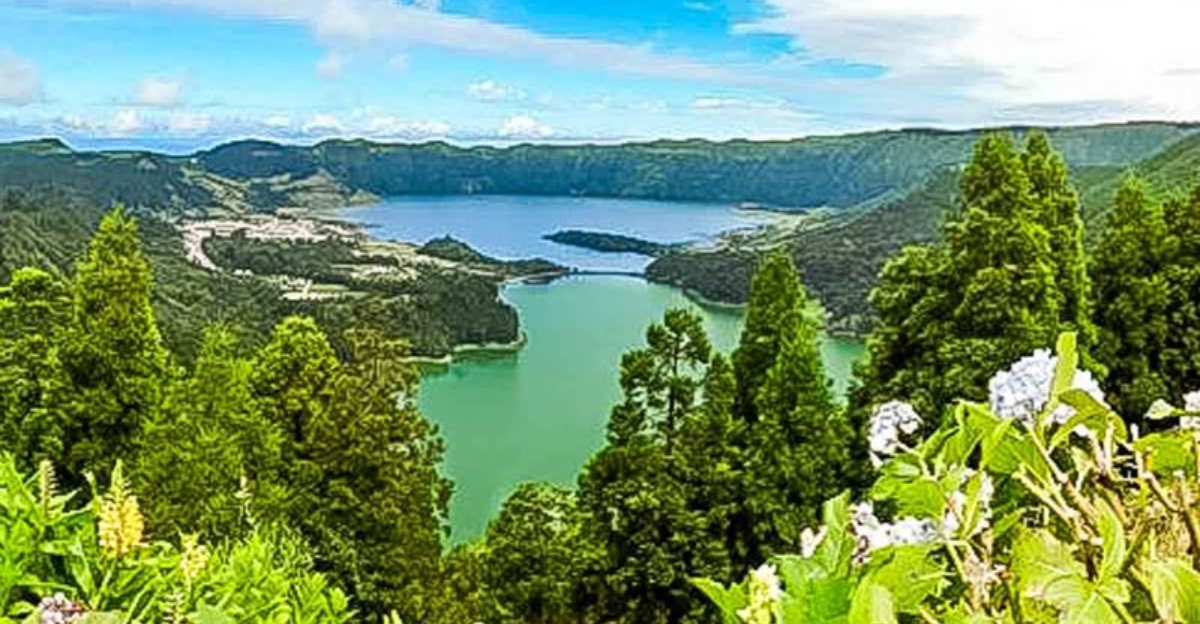
Tired of fighting for beach space or booking dinners weeks in advance? You’re not alone. Europe is packed with island escapes that still feel like secrets, where the sunsets are just as golden and the locals still smile when they see new faces.
I’ve found a handful of under-the-radar European islands that deliver everything you love—crystal-clear waters, charming villages, incredible food—minus the tourist overload. Think Croatia’s lesser-known isles, untouched Greek paradises, or Portuguese gems you’ve probably never heard of.
Want to sip wine in peace, wander quiet coastal paths, and actually hear the sound of the sea? Then skip the usual suspects and explore these underrated islands that let you reconnect with what makes travel feel magical in the first place.
1. Hvar Island, Croatia
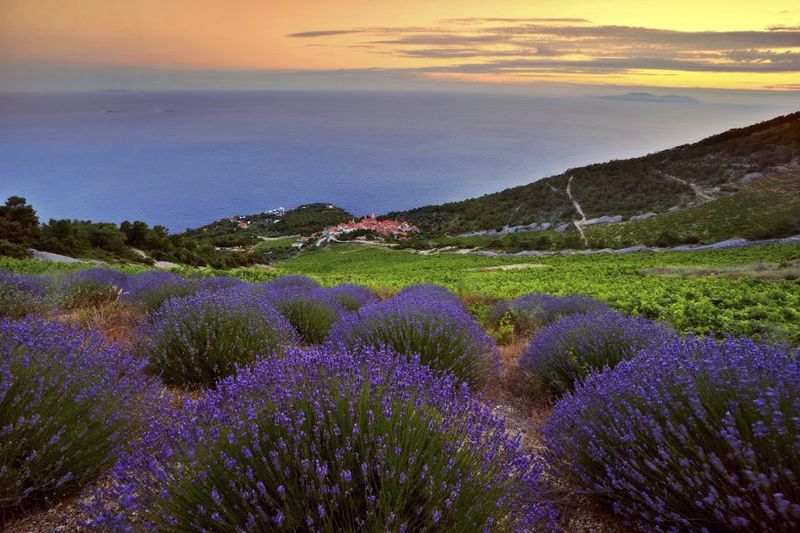
Lavender scents the air as you wander through Hvar’s sun-drenched fields. This Croatian paradise blends glamour with old-world charm in perfect harmony. Celebrities dock their yachts here, but you’ll still find peaceful coves where locals swim.
Medieval streets wind through Hvar Town, leading to hidden restaurants serving fresh-caught fish and homemade wine. The 16th-century fortress offers stunning panoramas of the Adriatic and neighboring islands.
Night brings a magical transformation as the harbor lights up and music drifts from waterfront bars. Unlike other Croatian hotspots, Hvar maintains its authentic character despite its growing popularity.
2. Gozo Island, Malta

Malta’s little sister Gozo moves at a pace that feels from another era. Farmers still bring their produce to market by donkey cart in some villages. The island’s rustic landscape is dotted with baroque churches and prehistoric temples that predate Egypt’s pyramids.
Ramla Bay’s distinctive red sand creates a striking contrast against the turquoise Mediterranean. Inland, you’ll discover tiny villages where lace-making and cheesemaking traditions continue unchanged for generations.
Diving enthusiasts flock to the Blue Hole, a natural underwater archway teeming with marine life. When hunger strikes, try ftira, the local bread stuffed with potatoes, olives, and tuna – a meal that captures Gozo’s humble but flavorful spirit.
3. Ischia Escape, Italy
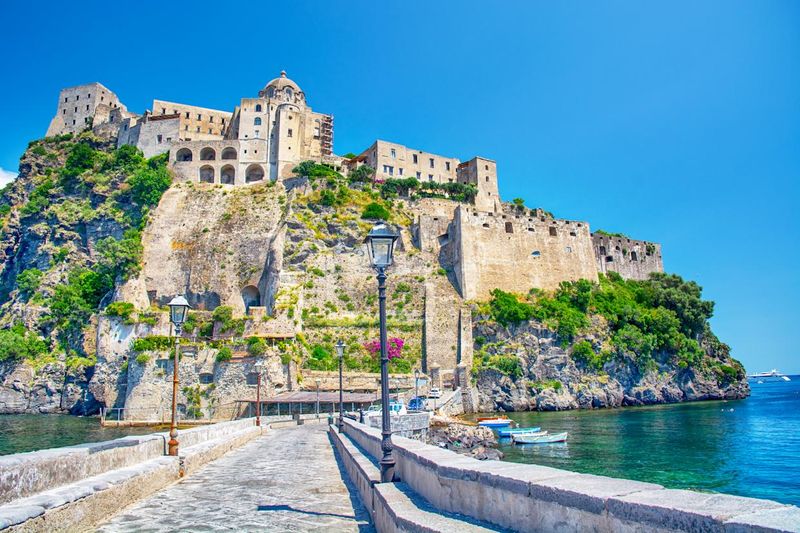
Thermal springs bubble up across Ischia, creating natural spas where Italians have rejuvenated for centuries. This volcanic island in the Bay of Naples offers therapeutic mud baths and healing waters without Capri’s exorbitant prices or crowds.
Aragonese Castle rises dramatically from a rocky islet, connected to the main island by a stone bridge. The fortress tells stories of pirates, princesses, and ancient battles through its well-preserved architecture.
Local trattorias serve rabbit stewed in tomatoes and herbs – the island’s signature dish. Between meals, hike up Mount Epomeo for breathtaking views across the Mediterranean or lounge on beaches ranging from golden sand to volcanic black.
4. Naxos Charm, Greece
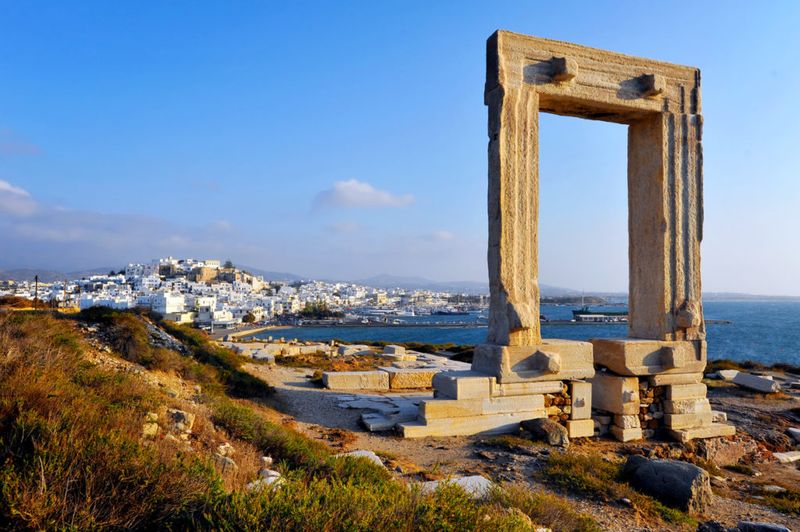
Marble gateways stand sentinel on Naxos, remnants of ancient temples that once dominated this fertile Greek island. While neighboring Santorini and Mykonos overflow with tourists, Naxos retains its agricultural soul and authentic village life.
Cedar-scented beaches stretch for miles along the west coast, with shallow waters perfect for families. Mountain villages like Apeiranthos preserve their distinct dialect and traditions, seemingly untouched by modern tourism.
Kitron, a citrus liqueur, accompanies meals of locally-produced cheeses and potatoes grown in the island’s rich soil. The marble quarries that supplied ancient sculptors still operate today, connecting present islanders to their illustrious past in tangible ways.
5. Formentera Bliss, Spain
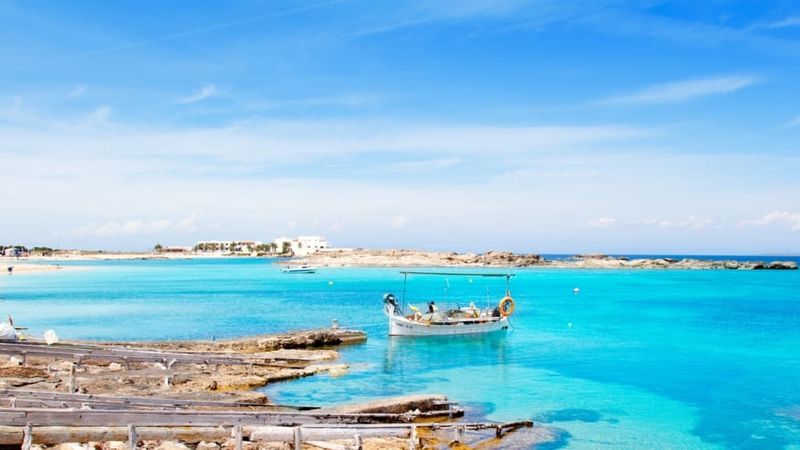
Hippies discovered Formentera in the 1960s, drawn to its untouched beaches and laid-back atmosphere. Today, this tiny Balearic island maintains strict environmental protections that keep development minimal and preserve its natural beauty.
Bicycle paths crisscross the flat landscape, connecting salt flats where flamingos gather to pristine beaches with Caribbean-clear waters. The island measures just 20 km long, creating an intimate experience where you’ll quickly feel like a local.
Fresh seafood dominates restaurant menus, often served with aioli and locally-grown vegetables. Unlike flashy Ibiza next door, Formentera embraces simplicity – beach bars are rustic, hotels are boutique rather than grand, and nature remains the star attraction.
6. Milos Magic, Greece
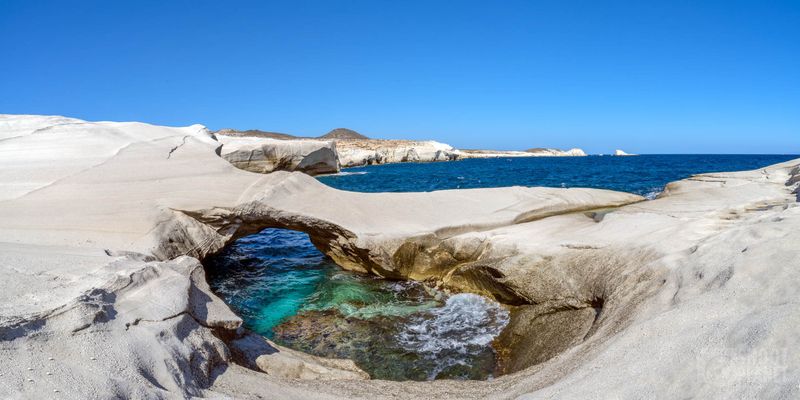
Volcanic activity shaped Milos into a geological wonderland of colorful rock formations and surreal beaches. The island where the Venus de Milo statue was discovered continues to captivate visitors with landscapes that seem almost otherworldly.
Sarakiniko Beach resembles a moonscape with its smooth white volcanic rocks contrasting dramatically against the deep blue Aegean. Fishermen still use syrmata – colorful boat garages carved into cliffs – that create postcard-perfect seaside villages.
Underground thermal springs warm certain beaches, allowing comfortable swimming even in cooler months. Local tavernas serve pitarakia – cheese pies with local honey – that perfectly balance sweet and savory flavors, much like the island balances dramatic geology with quiet, authentic Greek life.
7. Saaremaa Quiet, Estonia
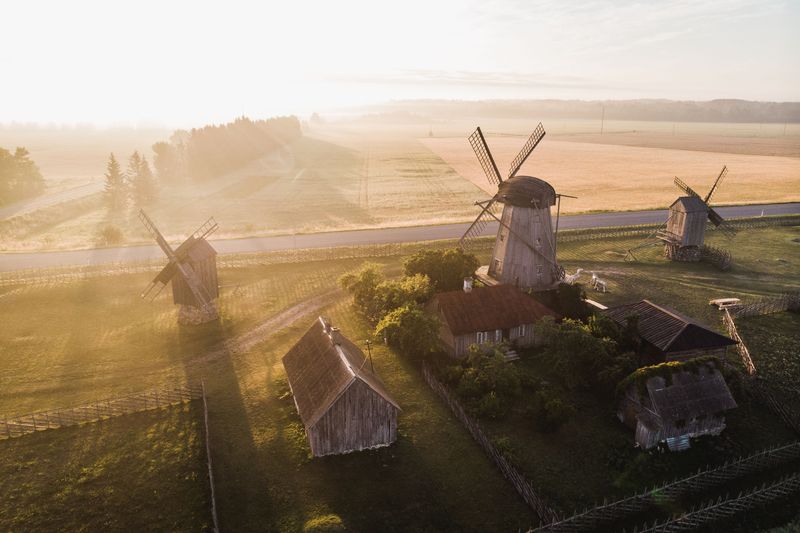
Medieval windmills turn slowly against Saaremaa’s sky, remnants of this Baltic island’s agricultural heritage. Estonia’s largest island feels worlds away from Mediterranean beach destinations, offering instead dense forests, coastal cliffs, and a culture shaped by centuries of isolation.
Kuressaare Castle stands perfectly preserved, its moat reflecting stone walls that have witnessed Swedish, Danish, and Russian occupations. Juniper forests scent the air as you explore hiking trails that lead to hidden beaches where seals sometimes bask.
Local cuisine features black bread, smoked fish, and homemade beer enjoyed in cozy taverns. Wooden farmhouses with thatched roofs dot the countryside, many converted into guesthouses where visitors experience the island’s unhurried rhythm and midnight sun during summer.
8. Corsica Wild Beauty, France
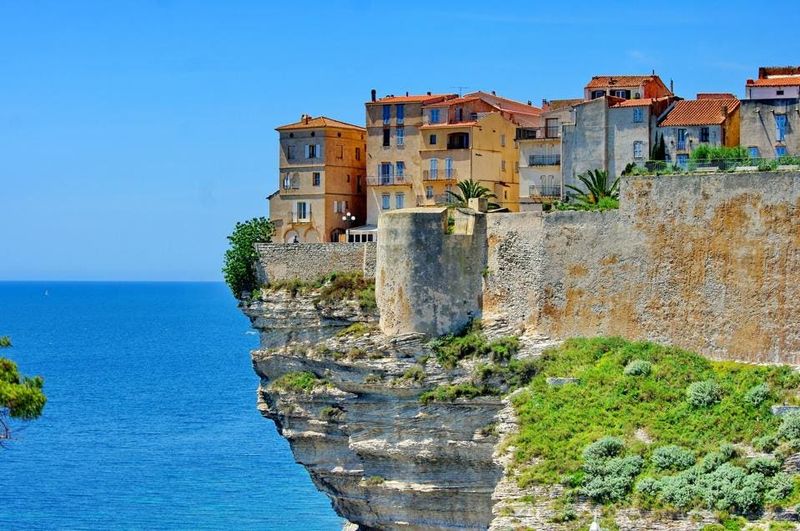
Mountains plunge directly into the sea on Corsica, creating dramatic landscapes unlike anywhere else in the Mediterranean. This French island with Italian soul maintains fierce independence, evident in its unique language, cuisine, and untamed natural spaces.
The GR20 hiking trail challenges adventurers with some of Europe’s most spectacular mountain scenery. Coastal towns like Bonifacio perch impossibly on limestone cliffs, their medieval streets offering glimpses into the island’s complex history.
Wild boar stewed with chestnuts and herbs features prominently on menus, alongside cheeses with character as strong as the islanders themselves. Between mountain explorations and beach relaxation, visit prehistoric sites that dot the island, testifying to human presence dating back thousands of years.
9. Madeira Adventure, Portugal
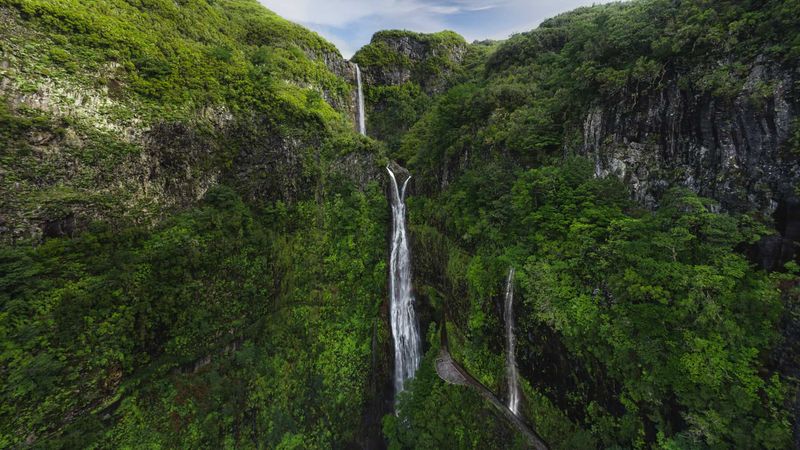
Waterfalls cascade down verdant mountains on Madeira, an island that feels more tropical than European. This Portuguese outpost in the Atlantic combines dramatic volcanic landscapes with botanical gardens showcasing plants from around the world.
Levada walks follow irrigation channels that crisscross the island, offering relatively flat hiking through otherwise challenging terrain. The capital Funchal blends colonial architecture with modern restaurants serving espetada – beef skewers grilled with bay leaves and garlic.
Cable cars carry visitors to mountain viewpoints where clouds drift below your feet. Unlike the beach-focused Algarve, Madeira attracts travelers seeking active adventures, from canyoning down waterfalls to paragliding over terraced farmland where bananas and sugarcane flourish in the mild climate.
10. Elba Island, Italy
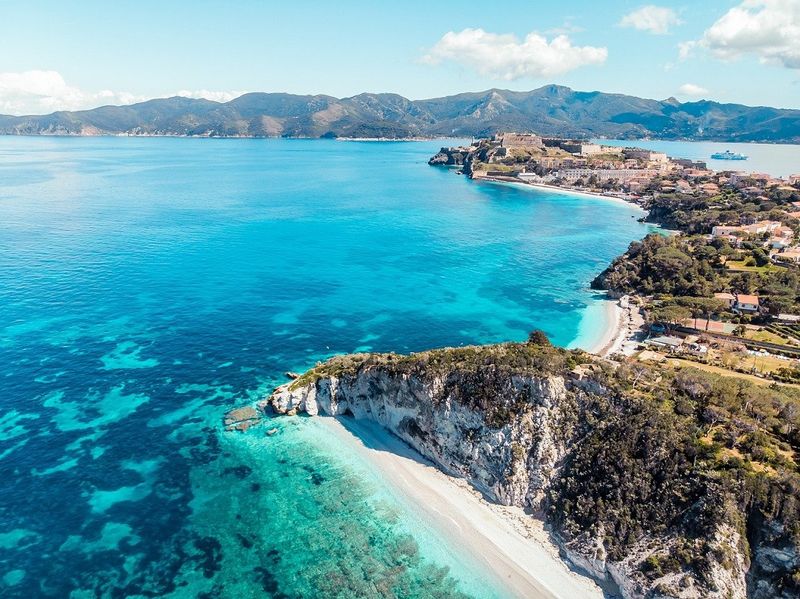
Napoleon’s brief exile brought fame to Elba, but this Tuscan island deserves recognition for much more than historical footnotes. Crystal waters in shades from turquoise to deep blue surround beaches that range from sandy coves to dramatic rocky shores.
Mount Capanne provides panoramic views across the Tyrrhenian Sea to neighboring islands and mainland Italy. Ancient villages cling to hillsides, their pastel buildings creating postcard scenes against the Mediterranean landscape.
Wineries produce excellent vintages from grapes grown in mineral-rich soil. The local cuisine blends seafood with mountain traditions – try cacciucco fish stew or cinghiale wild boar ragù with fresh pasta. Unlike overtouristed Italian destinations, Elba maintains its authentic character, with visitors primarily Italian families rather than international crowds.
11. Menorca Peace, Spain
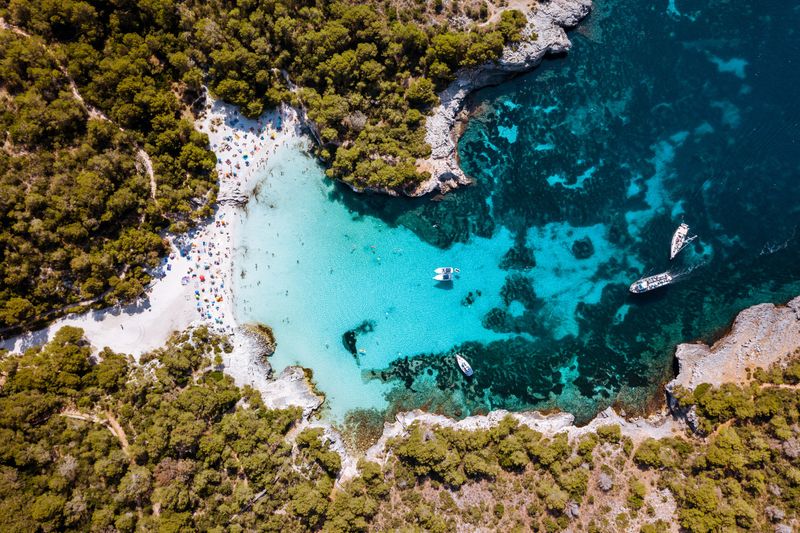
UNESCO designated Menorca a Biosphere Reserve, protecting this Balearic gem from overdevelopment that changed neighboring Mallorca and Ibiza. The result is an island where nature dominates – pine forests extend to white sand beaches, and prehistoric stone monuments dot rural landscapes.
Ciutadella’s old quarter preserves elegant 17th-century architecture, while fishing villages like Binibeca recreate traditional whitewashed Mediterranean charm. The Camí de Cavalls coastal path circles the entire island, revealing hidden coves accessible only by foot or boat.
Lobster stew prepared with locally-grown tomatoes and olive oil exemplifies Menorcan cuisine’s simple elegance. After sunset, look up – the island’s minimal light pollution creates spectacular stargazing opportunities that complement its relaxed pace and commitment to sustainable tourism.
12. São Miguel, Azores
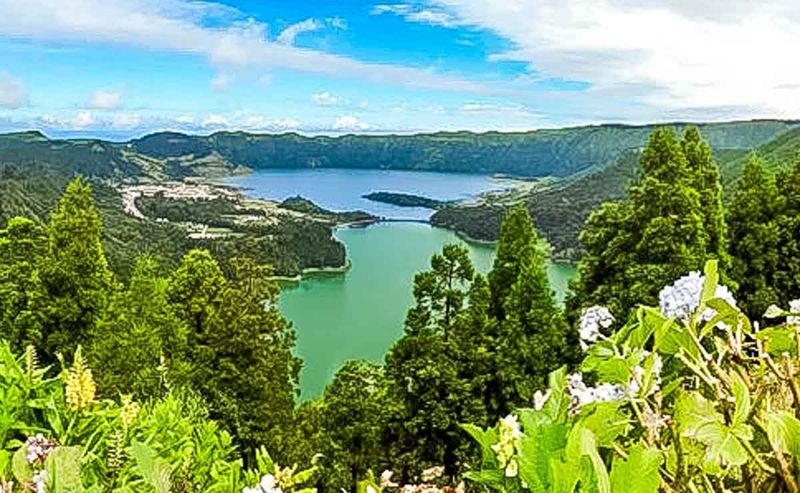
Volcanic lakes in shades of emerald and blue dot São Miguel, the largest island in Portugal’s Azores archipelago. Located in the mid-Atlantic, this lush paradise combines European culture with subtropical vegetation and geothermal wonders.
Terra cotta-colored soil produces some of Europe’s only tea plantations, while cattle graze on impossibly green meadows. The caldeiras of Furnas bubble with hot springs where locals cook cozido – a meat and vegetable stew slow-cooked underground using volcanic heat.
Whale watching excursions offer close encounters with sperm whales and dolphins that inhabit surrounding waters. Far from mainland Europe’s tourist circuits, São Miguel attracts travelers seeking authentic experiences in dramatic landscapes shaped by volcanic activity and preserved through sustainable tourism practices.
13. Vis Secluded Shores, Croatia
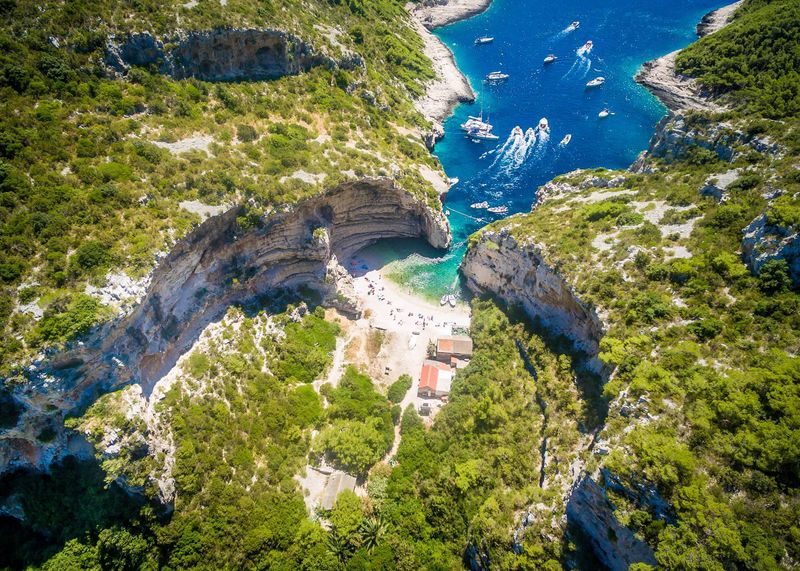
Military restrictions kept Vis closed to foreigners until 1989, preserving this Croatian island as a time capsule of Mediterranean life before mass tourism. The farthest inhabited island from Croatia’s mainland, Vis rewards travelers willing to make the journey with authentic experiences and pristine nature.
Ancient Greek and Roman ruins share the landscape with abandoned Yugoslav military tunnels, creating a unique historical tapestry. Stiniva Beach, accessible by boat or a challenging hike, hides between towering cliffs that open to a small white pebble cove.
Family-run konobas (taverns) serve peka – meat or octopus slow-cooked under an iron bell – paired with wines from local vineyards planted in fields once used as Allied airstrips during World War II. The island’s remoteness ensures it remains uncrowded even during peak summer months.
